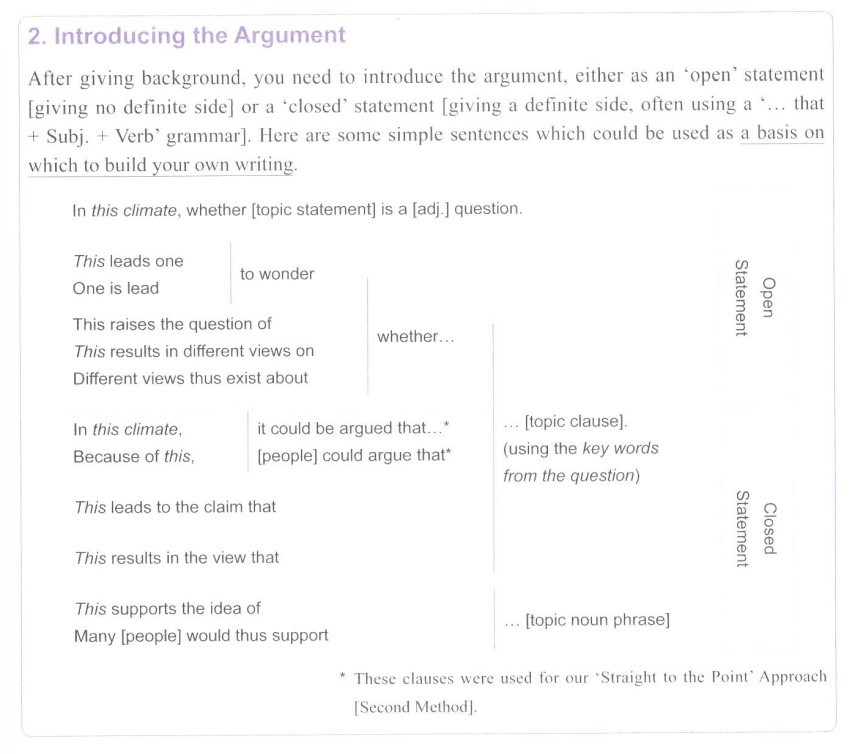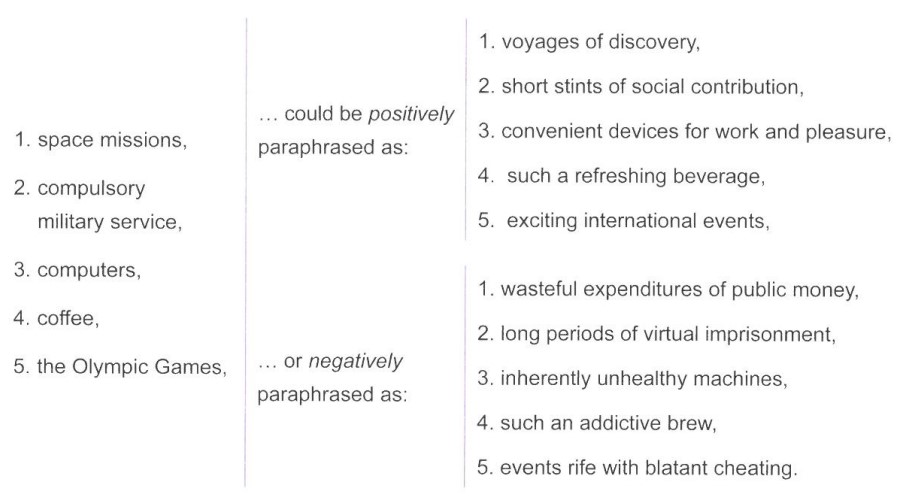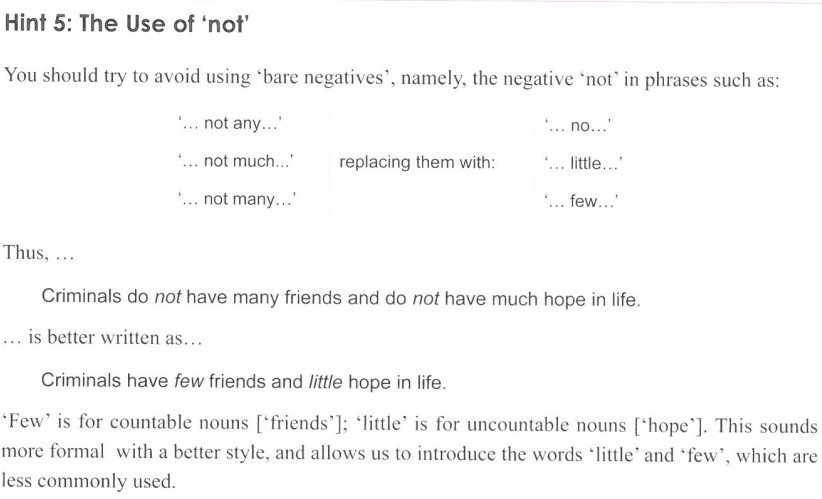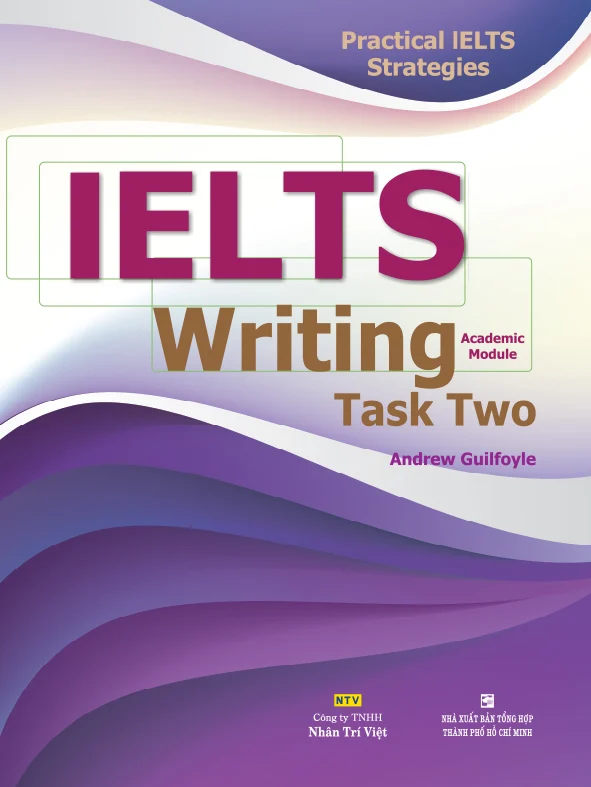For many of you, IELTS Writing Task 2 is a challenge. One of the big reasons may be that learners are not well prepared in terms of language skills or scientific methods. Understanding this, in the following article, 9IELTS would like to introduce to readers a book dedicated to IELTS Writing Task 2: Practical IELTS Strategies: IELTS Writing Task 2.
Practical IELTS Strategies: IELTS Writing Task 2 is the fourth book of the Practical IELTS Strategies series.
As the name suggests, this book provides practical strategies for handling different types of writing task 2. The book is a collection of exercises related to all aspects of Writing, including grammar, vocabulary, and graphs commonly found in the IELTS exam.
Practical IELTS Strategies: IELTS Writing Task 2 Review
Book Contents
Practical IELTS Strategies: IELTS Writing Task 2 is divided into 3 main parts:
- The first part introduces the author’s purpose when writing this book, and outlines the structure of the IELTS Writing test in general (About the IELTS Writing Test) and IELTS Writing Task 2 in particular (About IELTS Writing Task Two). Part one ends with information about the band score for the Writing section (The IELTS Band Descriptors).
- In the second part, which is also the focus of the book, the author provides necessary tips and strategies (Tips & Strategies) for the Writing Task 2 test in general and specific types of writing in particular, how to diversify vocabulary and grammatical structure and synthesize the prepared parts together into a complete article.



- The third part includes the author’s general conclusion, exercise answers, and appendices.
Target Readers
Practical IELTS Strategies: IELTS Writing Task 2 presents content entirely in English and is quite “text-dense”. This can make many learners feel “suffocated” by the amount of knowledge that books provide. Therefore, the book is not suitable for beginners, or reading ability – vocabulary is still poor.
In addition, the book will be more effective for learners with a good background in IELTS Writing Task 2, aiming for band scores above 6.0 in the actual exam. The book will foster learners’ ability to process information, use advanced vocabulary knowledge – grammar in handling each type of question, and solve everyday situations – problems in the semester real exam.
Pros & Cons
In the book Practical IELTS Strategies: IELTS Writing Task 2, the author presents many tips based on personal experience but with an extremely objective writing style, making them highly persuasive. For example, in the discussion of “Which task to do first?” (should write Writing Task 1 or Task 2 first), the author gives a two-way comment, on both good sides and points to consider with all three opinions: should do Task 1 first, should prioritize Task 2 and should Do whatever you find easier than before.
And finally, instead of drawing a biased conclusion according to a certain bias, he argues that the choice is up to the learner, based on his ability and the local testing system.
Overall, Practical IELTS Strategies: IELTS Writing Task 2 is designed to provide instructions, tips and strategies for doing the test first (Providing tips) and then giving more practice exercises right after (Practice exercises). This design helps learners review and apply the knowledge and skills they have just learned in the IELTS review material to real-life experiences, making it easier to memorize and use over time.
However, some headings are presented quite confusingly, making it difficult for readers to follow, for example, Tip 8 on Essay Coherence is worded at length, without a summary. About the linking tools will be introduced, and when submitting each part, the diagrams and languages are not simplified, or easy to understand, especially for beginners or learners with limited English proficiency.
Some topics are presented quite confusingly, making it difficult for readers to follow, for example, Tip 8 on Essay Coherence is worded at length without an overview of the topics. Linking tools will be introduced, and when submitting each part, the diagrams and languages are not simplified, making it difficult to understand, especially for beginners or learners with advanced skills. English is limited.
Practical IELTS Strategies: IELTS Writing Task 2 Study Guide
Practical IELTS Strategies: IELTS Writing Task 2 offers a lot of useful test-taking strategies, but doesn’t break down specific tips for each particular type of test. Therefore, after reading the tips, you should find a test question and apply the strategies mentioned in the book to see which ones work for your particular test type and style. You can also consult with teachers or acquaintances who have experience taking and preparing for the IELTS Writing test.
Usually, when faced with IELTS Writing Task 2, learners often encounter problems with vocabulary, grammatical structure, lack of ideas or have ideas but struggle to find ways to express them. To help overcome the above obstacles, refer to 9IELTS’s LinearThinking method in Writing.
Roughly, LinearThinking consists of two steps. The first is to read the topic, locate the keywords containing the topic’s main idea, and analyze them to find the main ideas/arguments. Through the second step, based on the above arguments, you develop supporting ideas to strengthen those arguments. Doing this will give you a complete, specific outline to prepare for the writing process.
Details of the LinearThinking method are presented on IELTS’s online IELTS learning website: 9ielts.vn, please refer to it for better understanding.
Download Practical IELTS Strategies: IELTS Writing Task 2 Free
Please visit the links below to download the book Practical IELTS Strategies: IELTS Writing Task 2 and improve your Writing Task 2 method right away! Hopefully, the above information about the book Practical IELTS Strategies: IELTS Writing Task 2 will help you use the book effectively and have more orientation in practising Writing skills.

